✅ For sale exhibited original and antique Ceremonial huge Kukri India, Nepal, the so-called Gurkov knife.⚔️ for gifts and collecting
Country: India Dating: 20th century. Manufacturer: Original Preservation: The item is in good collectible condition. Complete set: Machete in sheaths. Collection preservation:
9/10.

Blade: steel, curved, single-blade, in cross-section – the blade has a diamond-shaped cross-section of irregular shape. Local drawings are painted on the heel of the blade on both sides towards the blade on 1/3 of the blade, we can read the inscription “India”.
The handle is made of an oval-shaped horn bone insert. There are two rivets along the entire length of the handle, the top of the handle is brass in the form of a lion’s head.
Sheaths: Wooden covered with black leather, on the back there is a pocket for small knives and a mount for hanging.
This type of Kukri was used for bullhead cut-off ceremonies at festivals by this blade of this Kukri about 75 cm.
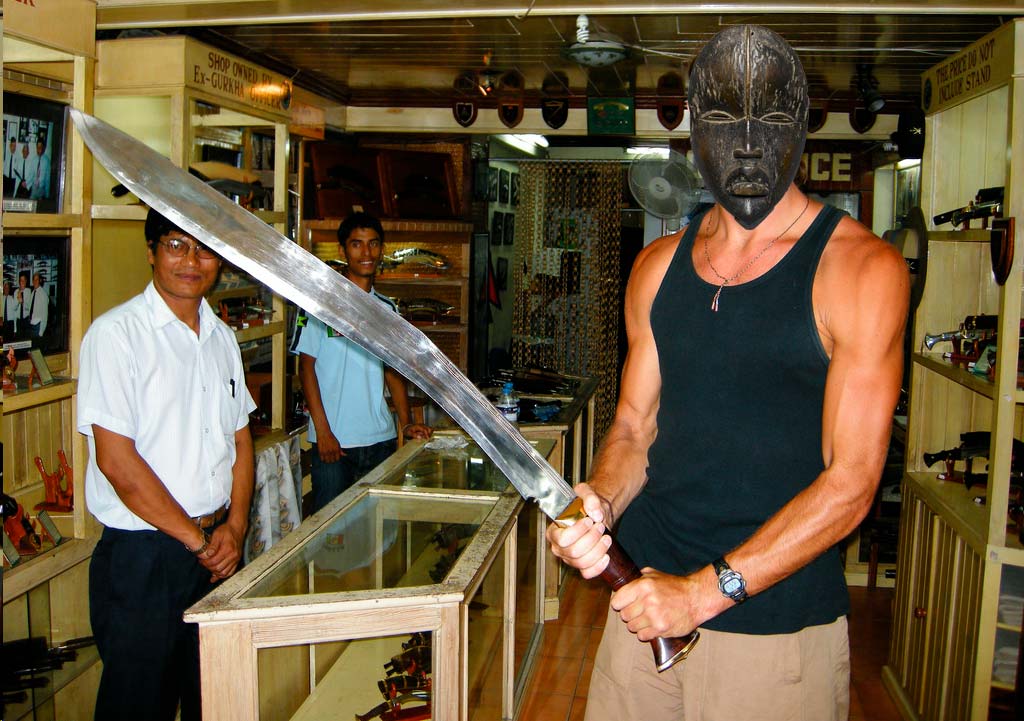
Historical background:
Kukri or Khukri is one of the types of machete native to the Indian subcontinent and is traditionally associated with the Nepalese Gurkh weapons from Nepal and India.
The blade of the blade has a distinct bend. It serves many purposes as a cold weapon, as well as a common cutting tool in most of South Asia. The blade traditionally served as the main universal knife for Gurkhas.
Kukri is the national weapon of Nepal, and you can also hear from collectors the words Nepali kukri Gurki, hence the characteristic weapon of the Nepalese army. Kukri also provides standard service in various regiments and units of the Indian Army, such as the Assam Rifles, the Kumaon Regiment, the Garval Rifles, and the various Gorkha regiments.
Outside their home region of South Asia, the Kukri also carry the Gurkhas of the British Army. A unique regiment, which is very different from the rest of the British army, is the only regiment that recruits its soldiers strictly from Nepal; a relationship that goes back to the time of British colonial rule in India.
The Kukri is the main weapon of all military regiments and Gurkha units around the world, which is why some English collectors call the weapon “gurkha cleaver” or “gurkha knife”.
Kukri often appears in the Nepalese and Indian heraldry of Gorkha and is used in many traditional Hindu rituals, such as wedding ceremonies.
There have been and are many myths surrounding the kukri since its earliest use in the 7th century, primarily that if the owner removed the kukri from the vagina, the blade must necessarily shed blood before getting into the vagina.
Photo review of Kukri:
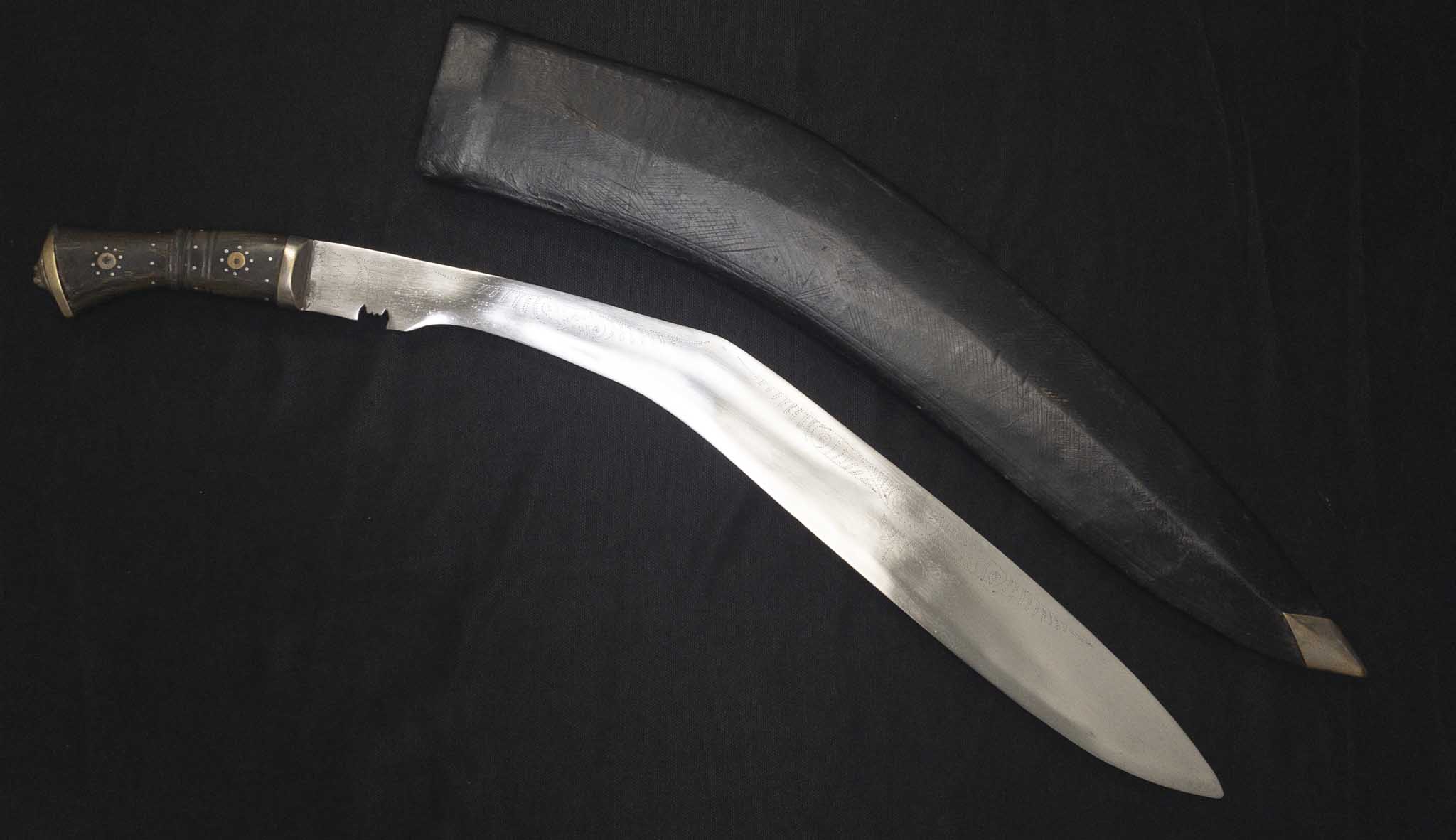
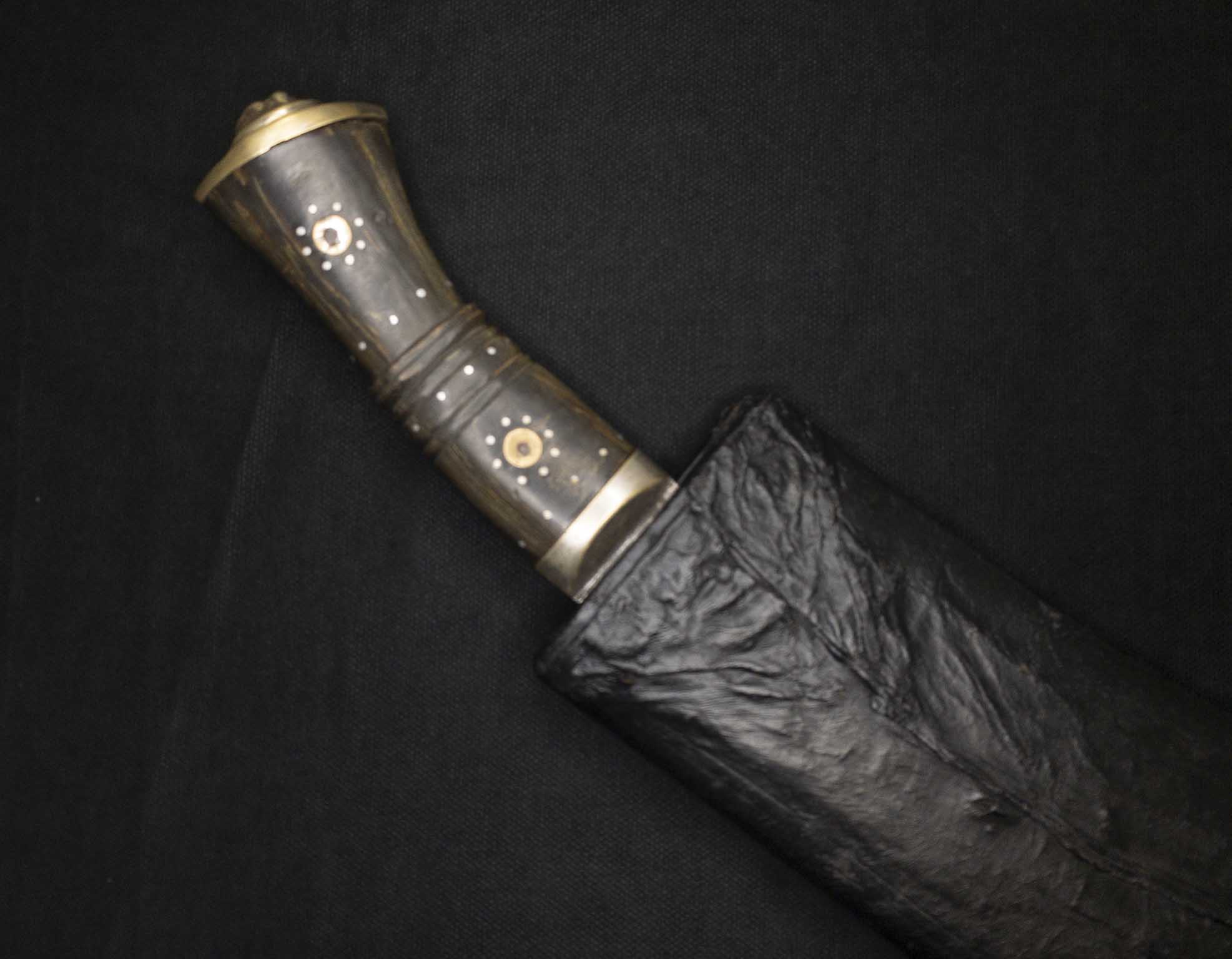

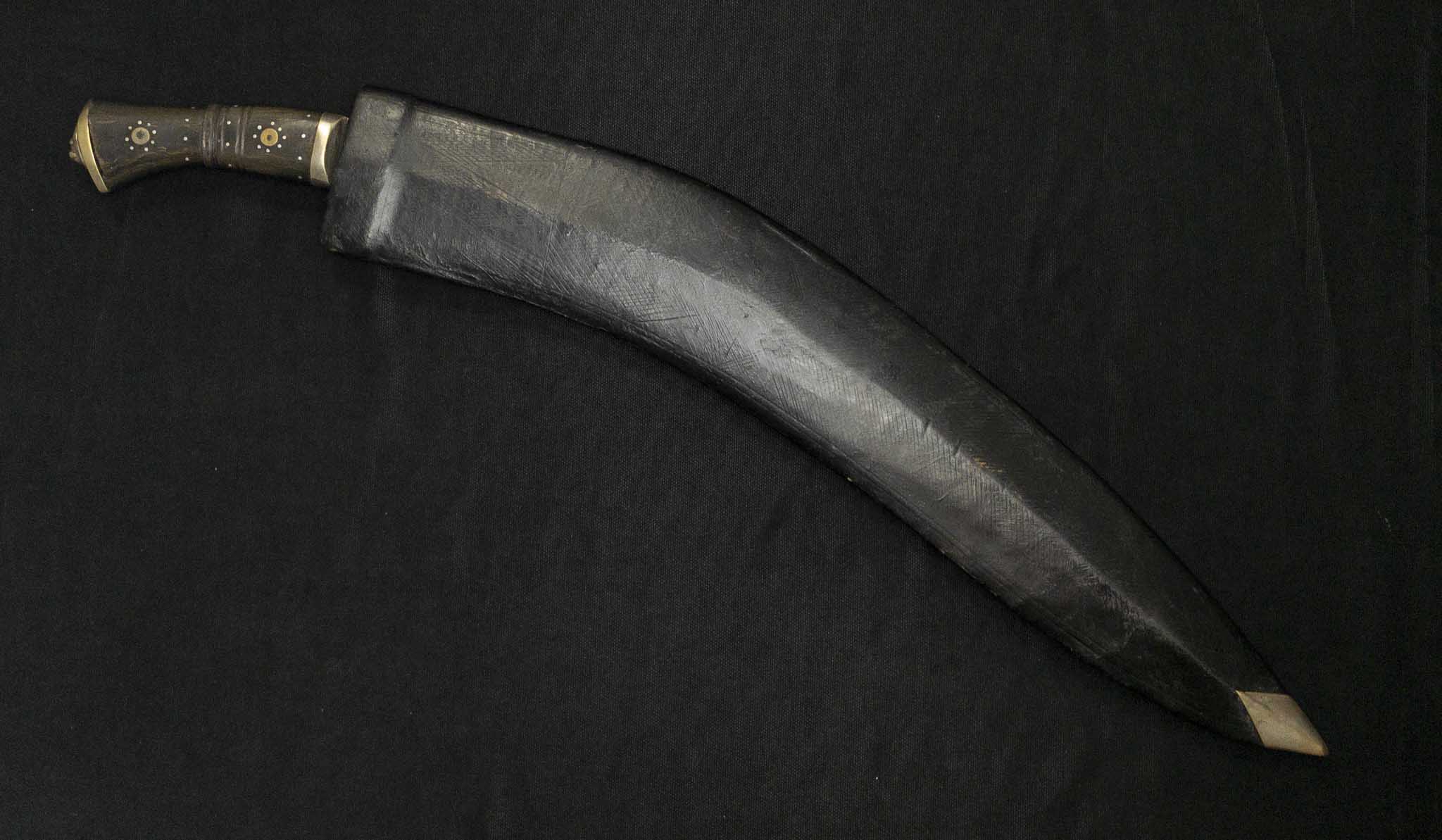


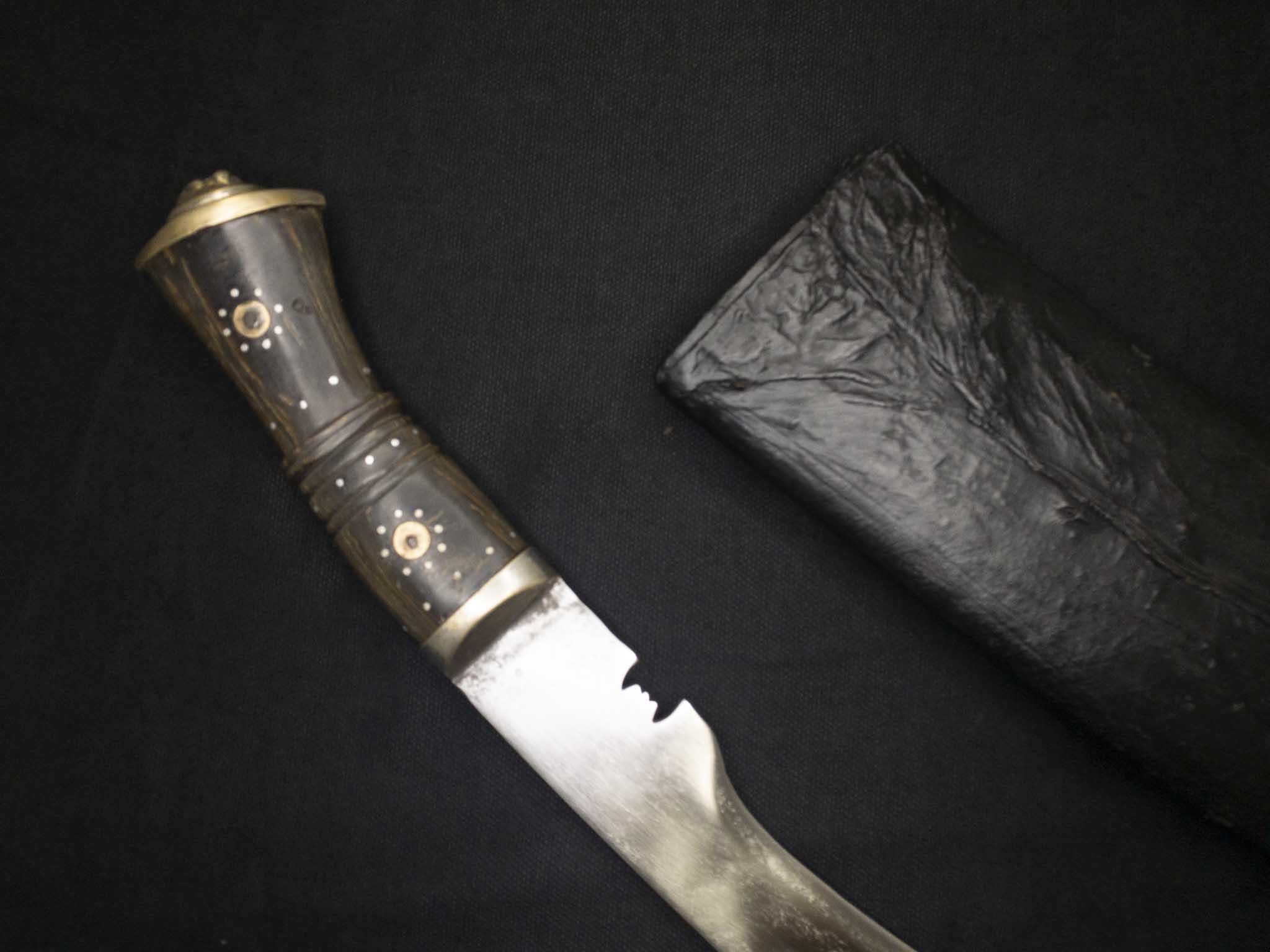
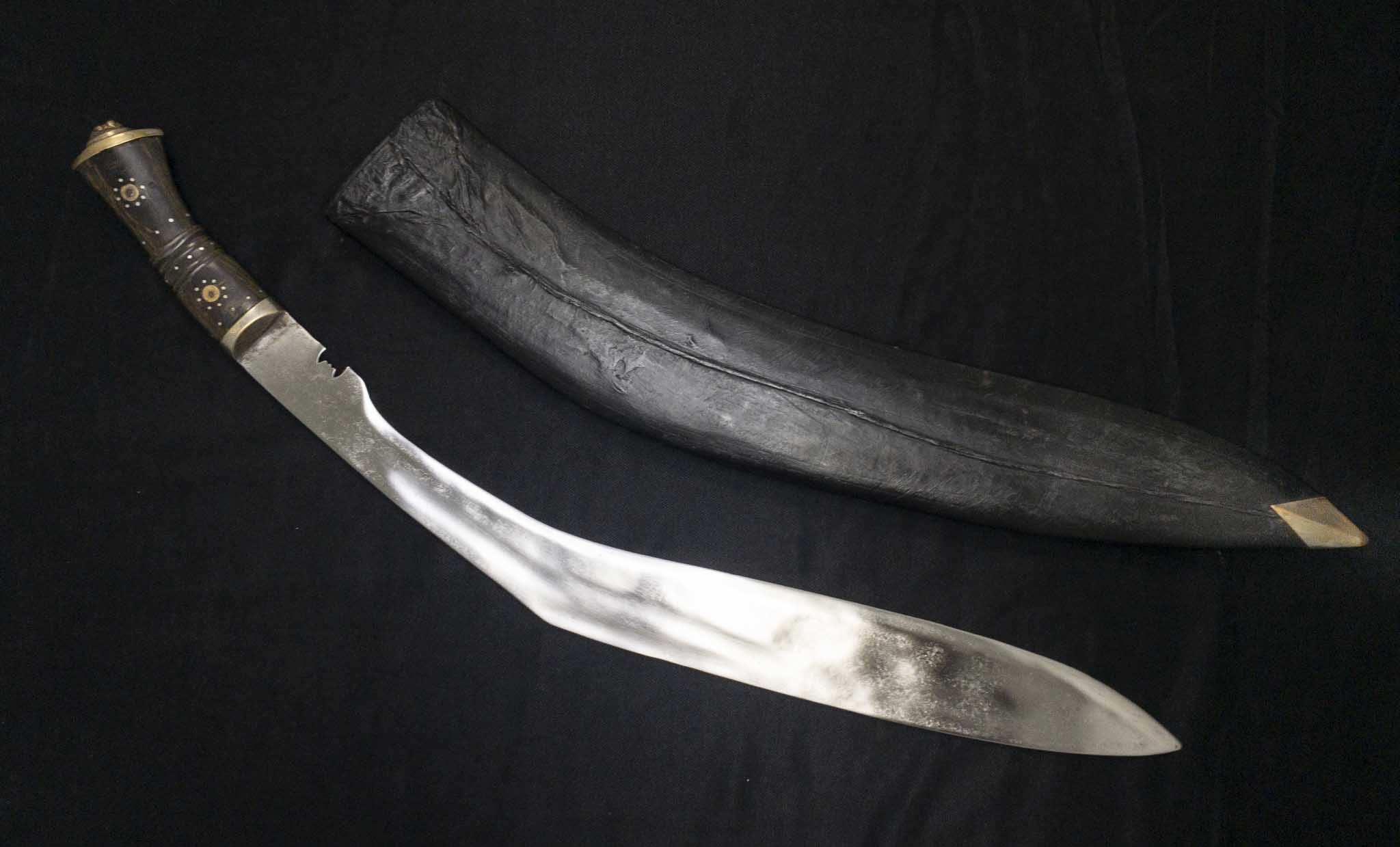








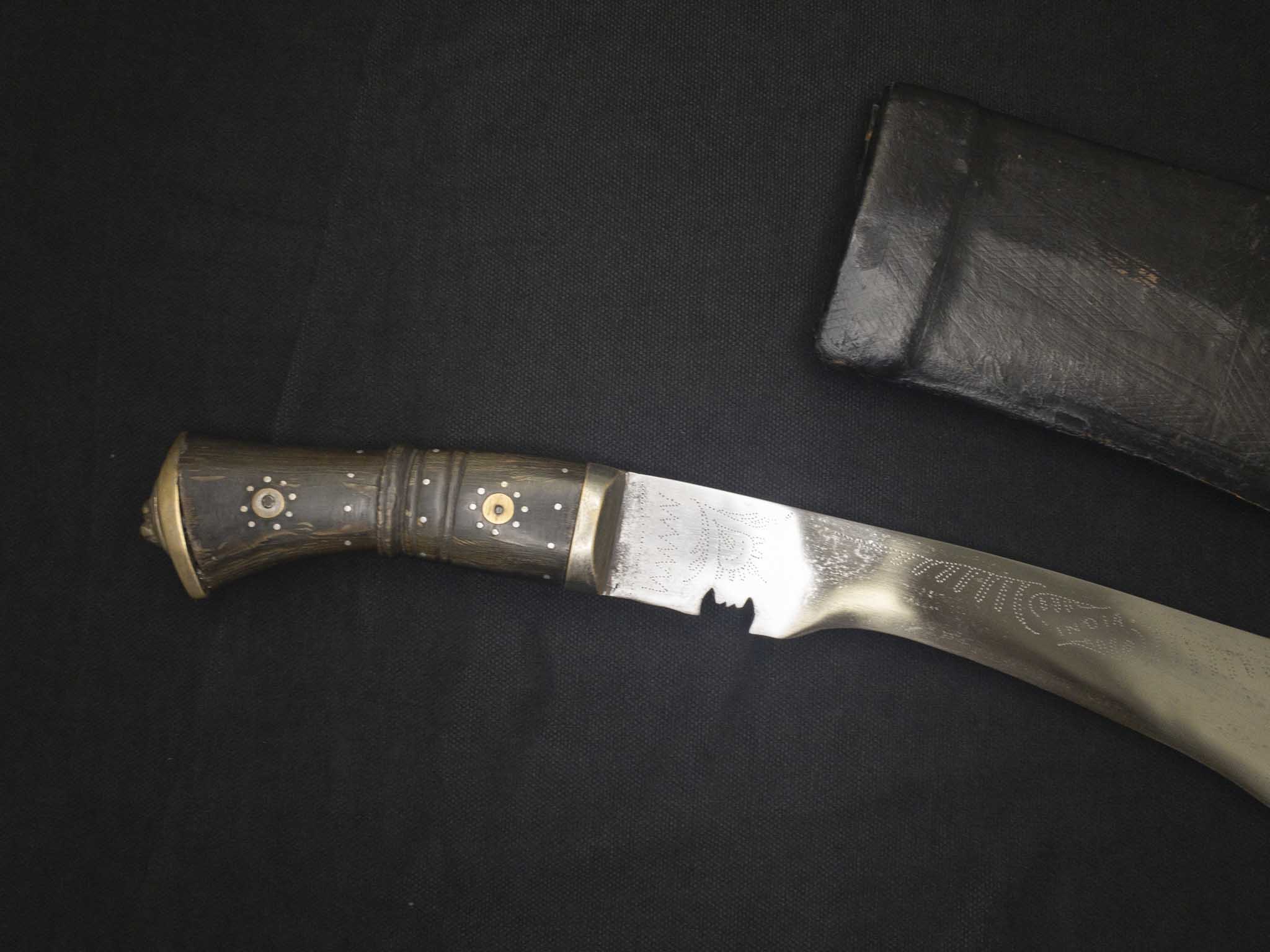
Be the first to review “Ceremonial huge Kukri India, Nepal so-called Gurkov knife” Cancel reply
Related products
-
Yatagan of the Ottoman Empire with the inscription: “O Muhammad, be my assistant.” 1824
4,250 $Original price was: 4,250 $.3,749 $Current price is: 3,749 $. -
Sword for officers of all branches and administrations model 1872
620 $Original price was: 620 $.600 $Current price is: 600 $.
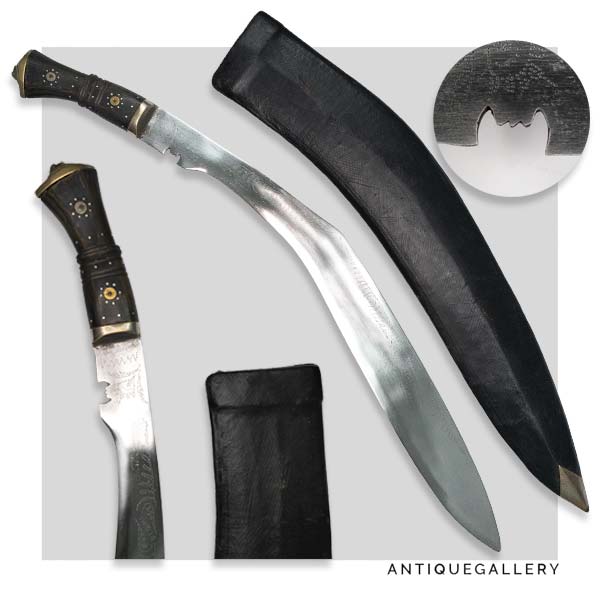




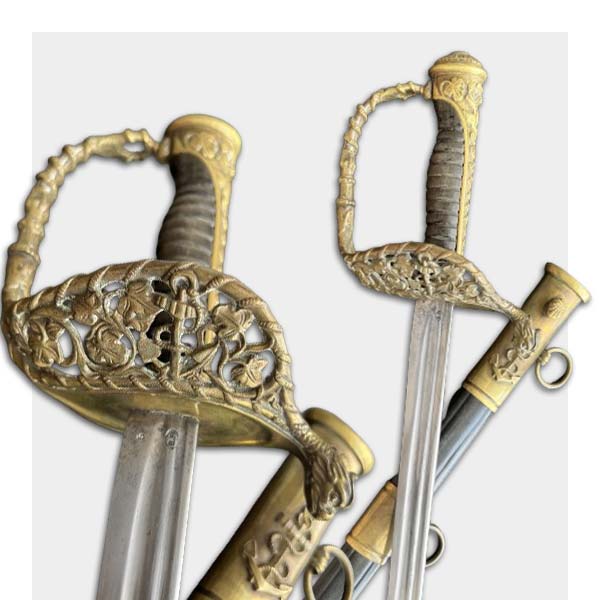
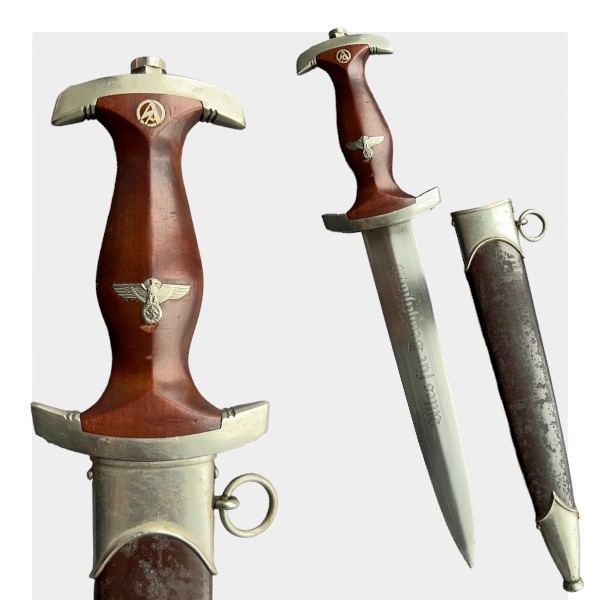
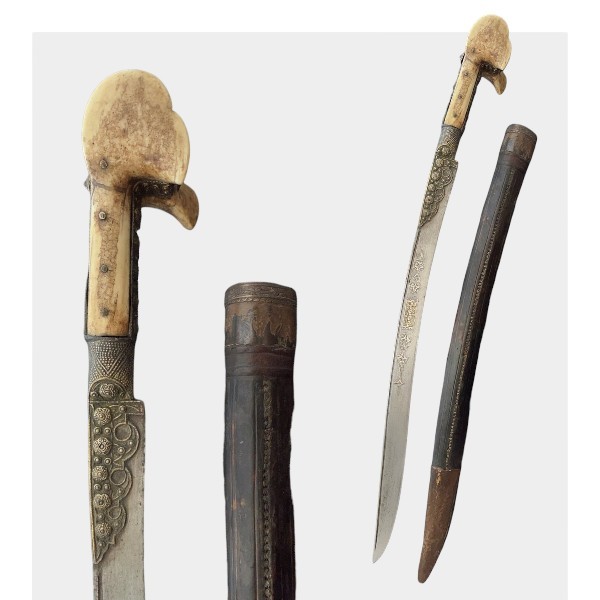
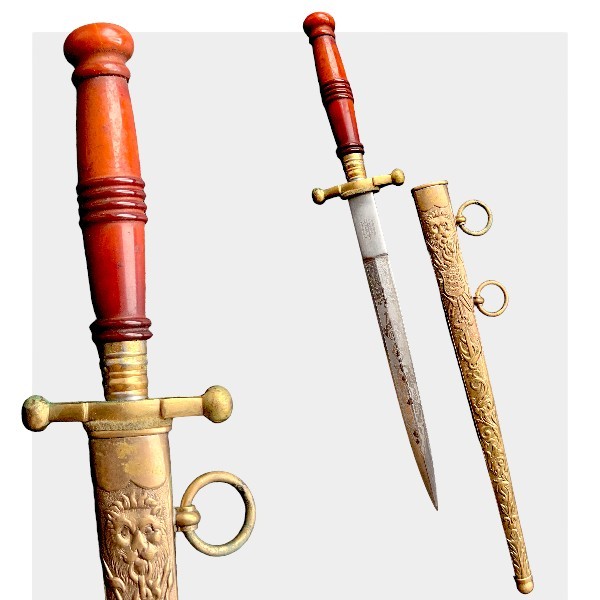
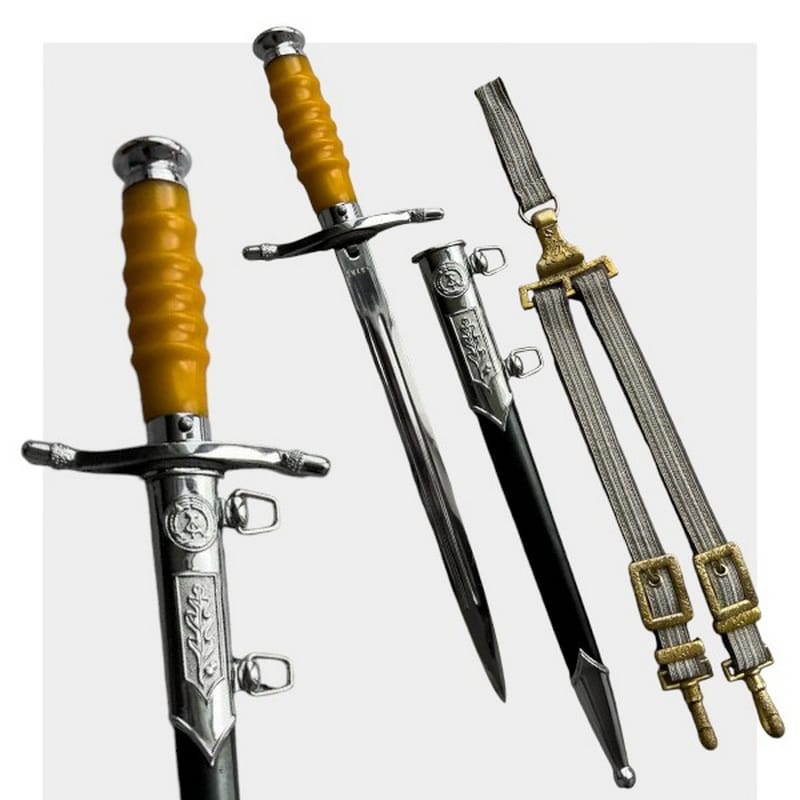
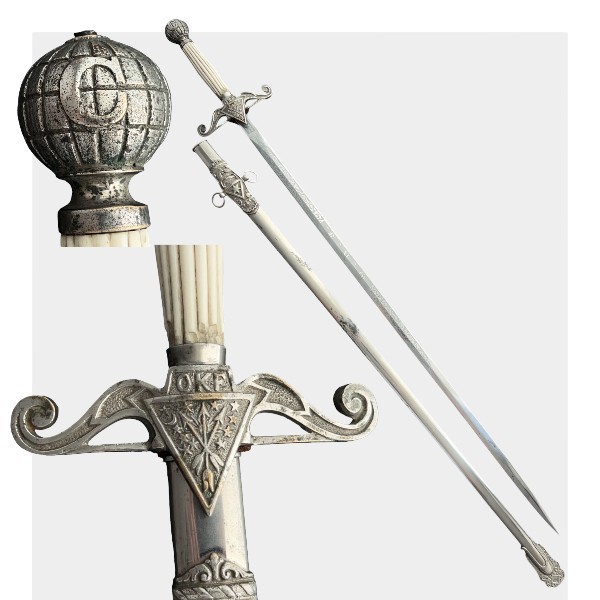
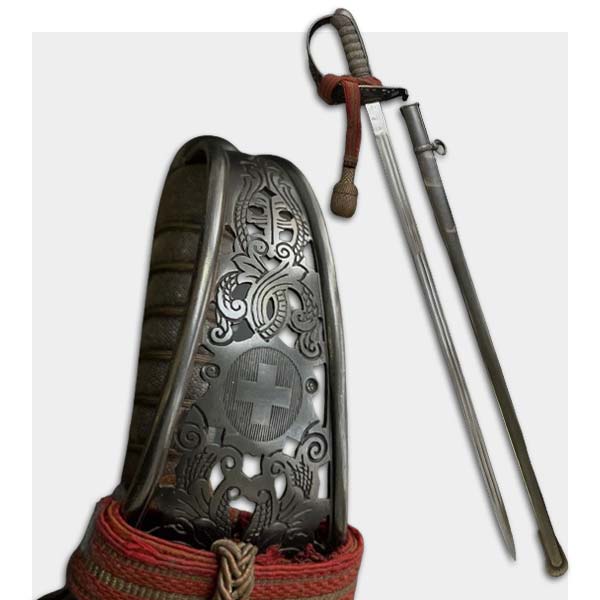
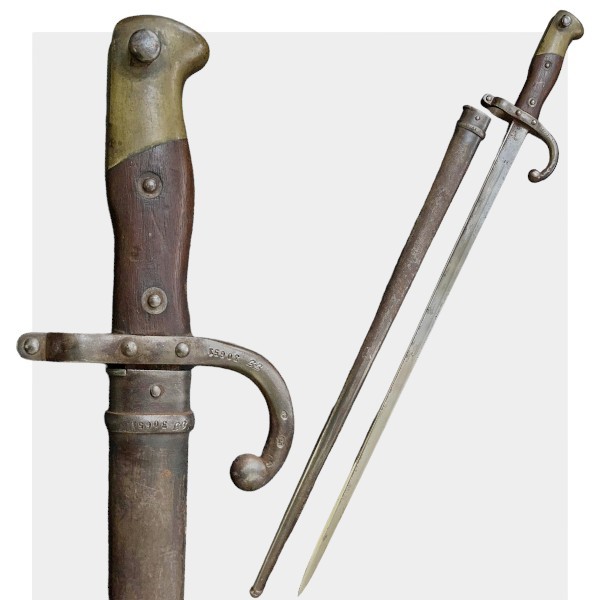
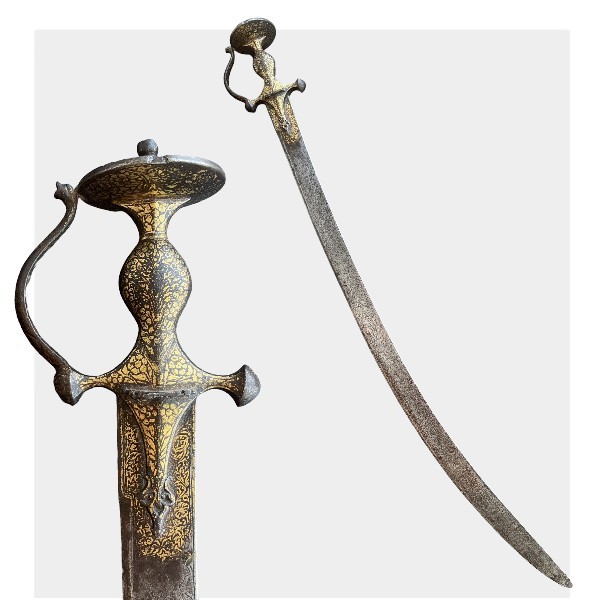
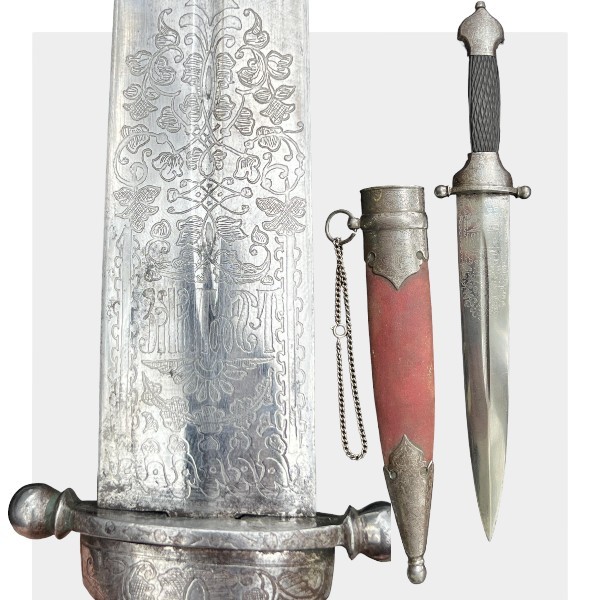

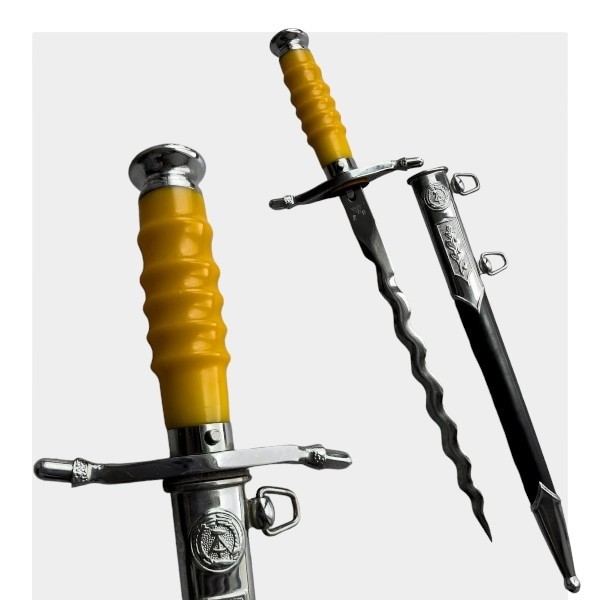

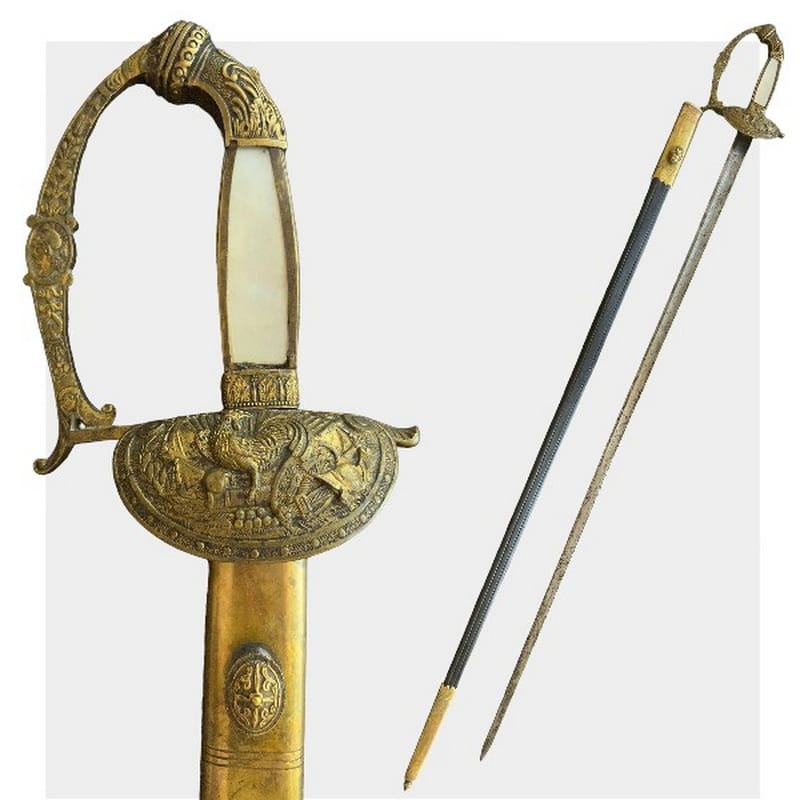

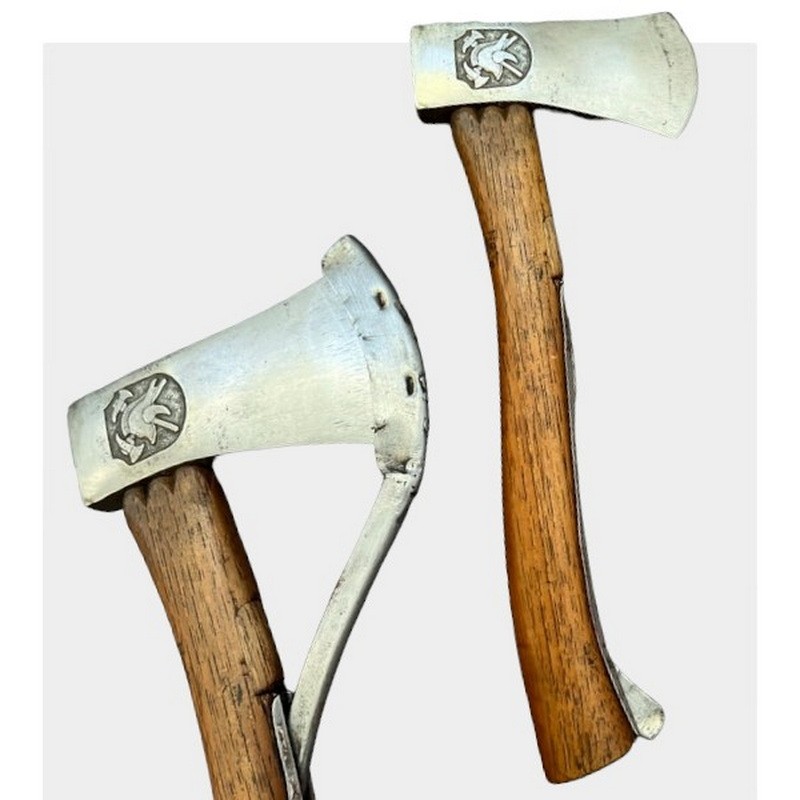


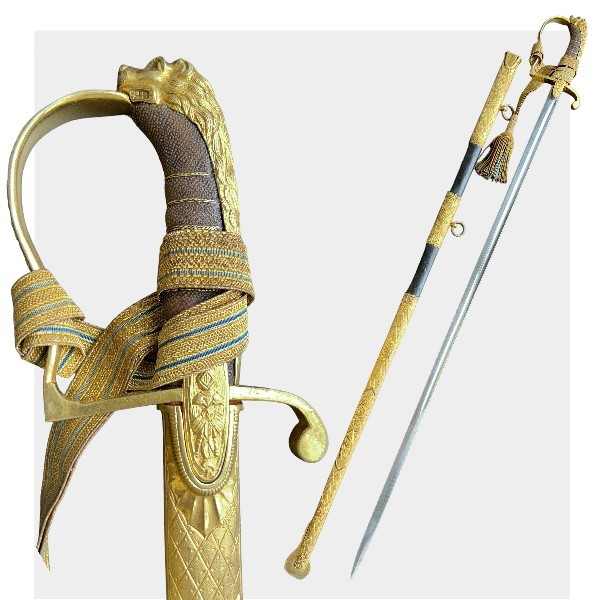



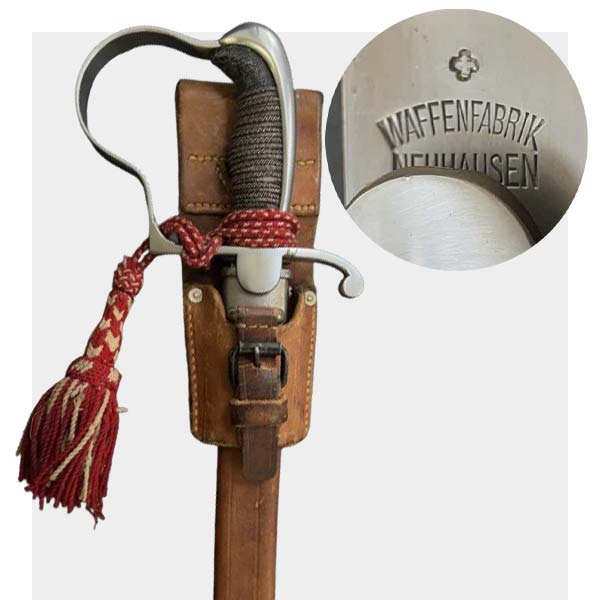

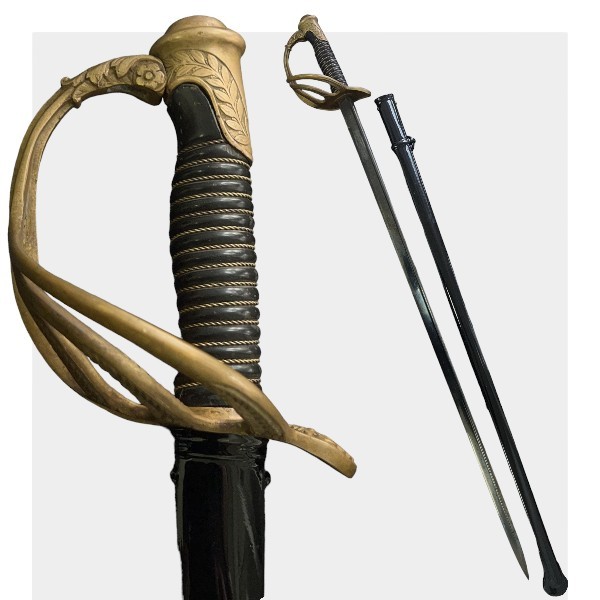


There are no reviews yet.